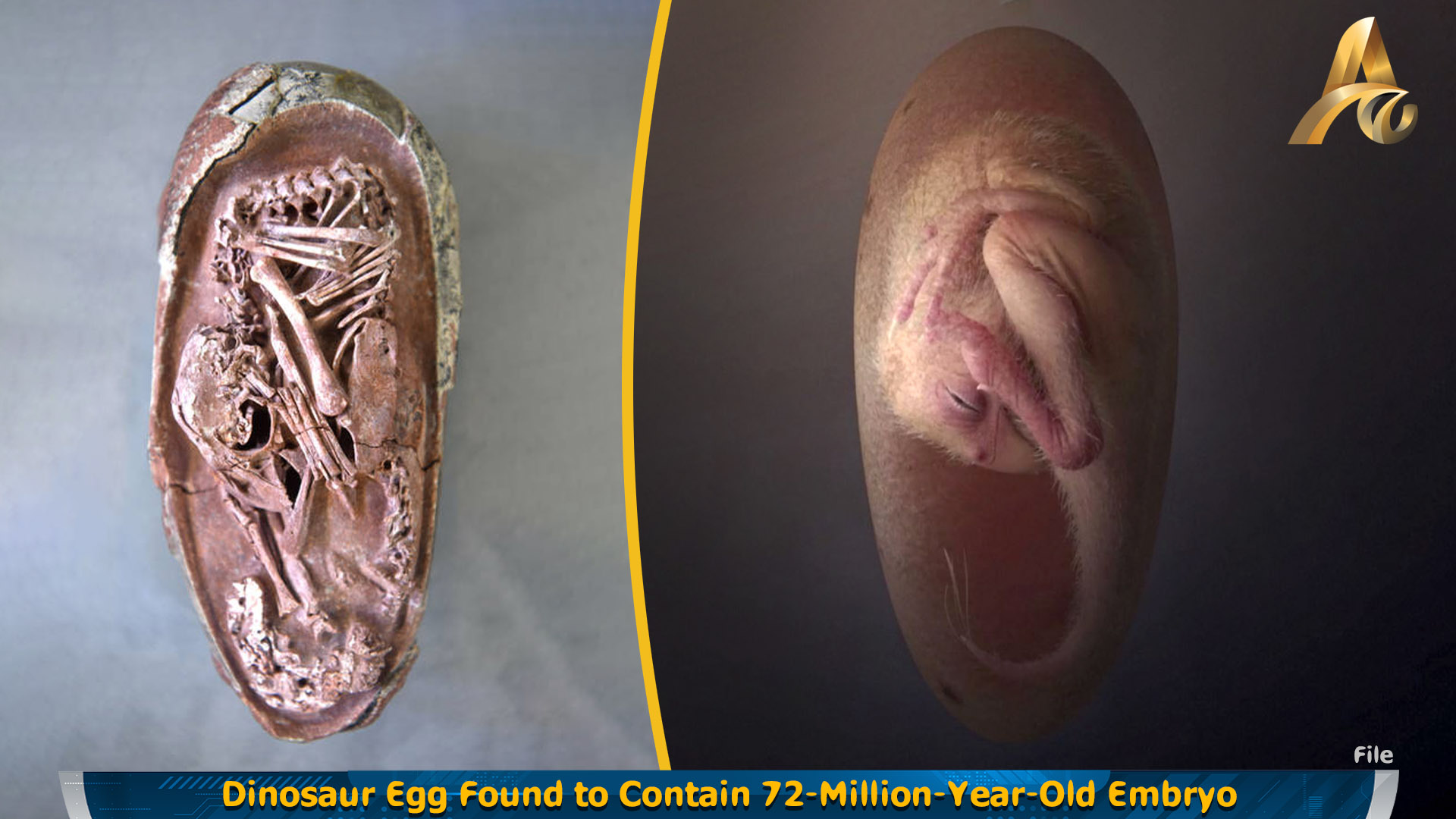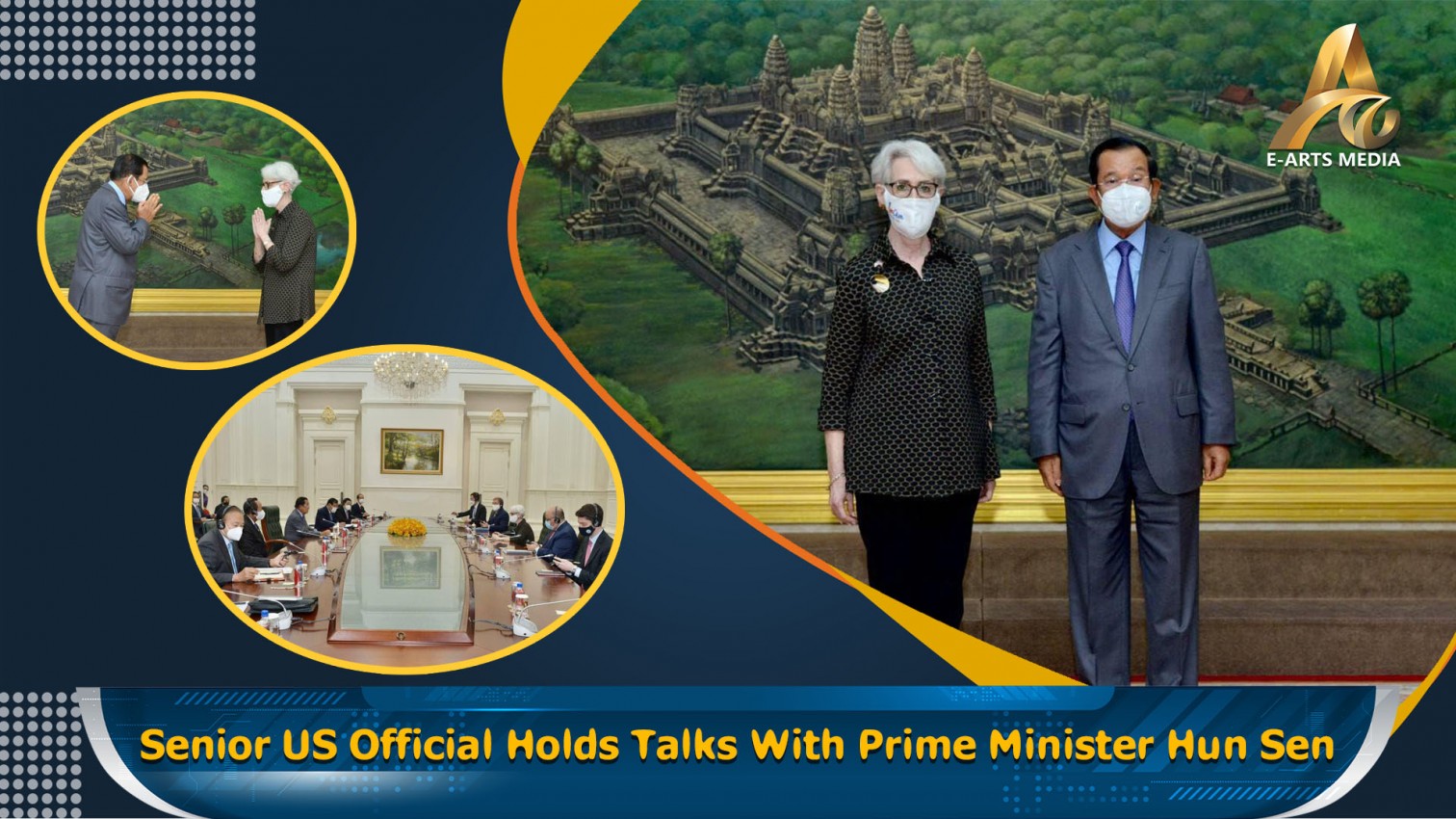INTERNATIONAL: Could Jurassic Park actually happen? It’s part of the popular culture to dream about the day when Dinosaurs are back walking between us.
After the newest discovery in China, science-fiction enthusiasts can be hopeful this day could come.
One of the best-preserved dinosaur embryos ever found and reported in science has been found and because it is so well preserved, we can observe its posture very clearly which allows us to compare it with other dinosaurs, as well as modern birds.
All great science fiction must be science first and fiction second. Even more, it must tap into the reigning scientific paradigm of its era. For Mary Shelley's Frankenstein, that paradigm was electricity, the sizzling lightning bolts and arcing volts that were powering the nascent Industrial Revolution.
For Godzilla, it was radioactivity and the bomb.
For Jurassic Park, it is biotechnology. The manipulation of cells and genes has produced three cloned mice, pigs containing human DNA.
According to the 1990 Michael Crichton novel that Jurassic Park is based on, biotech is headed toward using mosquitoes and bloodsucking flies to undo the dinosaurs' extinction.
Perhaps life can find a way, though. A controversial palaeontologist – who also just happens to be a scientific consultant to the Jurassic Park franchise – thinks that we might have all the DNA we need: in chickens. Scientists have managed to tweak poultry DNA to grow alligator-like teeth and a dinosaur-like snout instead of a beak.
But that’s more to it now.
After a 72-million -year-old dinosaur embryo has been discovered inside a fossilised egg that scientists describe as one of the best-preserved specimens of its kind ever found.
The embryo, dubbed 'Baby Yingliang', was discovered in Ganzhou in southern China. It belongs to a toothless theropod dinosaur, or oviratorosaur, and is 72 to 66 million years old.
Scientists from the University of Birmingham in the UK and the China University of Geosciences in Beijing have observed the embryo in a "tucking" position, which was previously thought to be the pre-hatching behaviour of birds.
Fion Waisum Ma, a joint lead author of the study from Birmingham University, said "This behaviour has long been thought unique to birds but now they see evidence in the fossil that even in non-bird dinosaurs they might have the same type of pre-hatching behavior.”
The fossilised egg was discovered in late cretaceous rock in 2000 but scientists have been examining it over the past four years, when the embryo inside was found. The findings of the study were published on Tuesday.
The Lead Author of Study on Dinosaur Embryo at University of Birmingham, Fion Waisum Ma says that after careful fossil preparation, basically everyone can see the whole skeleton very clearly. Although some body parts are still embedded inside the dinosaur egg. And one can see a very clean and well-preserved skull that doesn't have any teeth, and this feature is actually, it's very typical in Oviratorosaur, and because of this feature and together with other anatomical features, the university has assigned this specimen to Oviratorosaur.
In modern day birds they have a unique behaviour call tucking. So,starting from day 17, they will curl their body up with its head in between its legs and then on 18 day, 19 day, until day 20, it will start moving into a final tucking posture that is putting the right weight on top of its head and this posture was suggested to help the birds stabilise when they try to crack the egg shell using its beak. And this behaviour has long been thought unique to birds but now researchers see evidence in the fossil that even in non-bird dinosaurs, they might have the same type of pre-hatching behaviour.






















